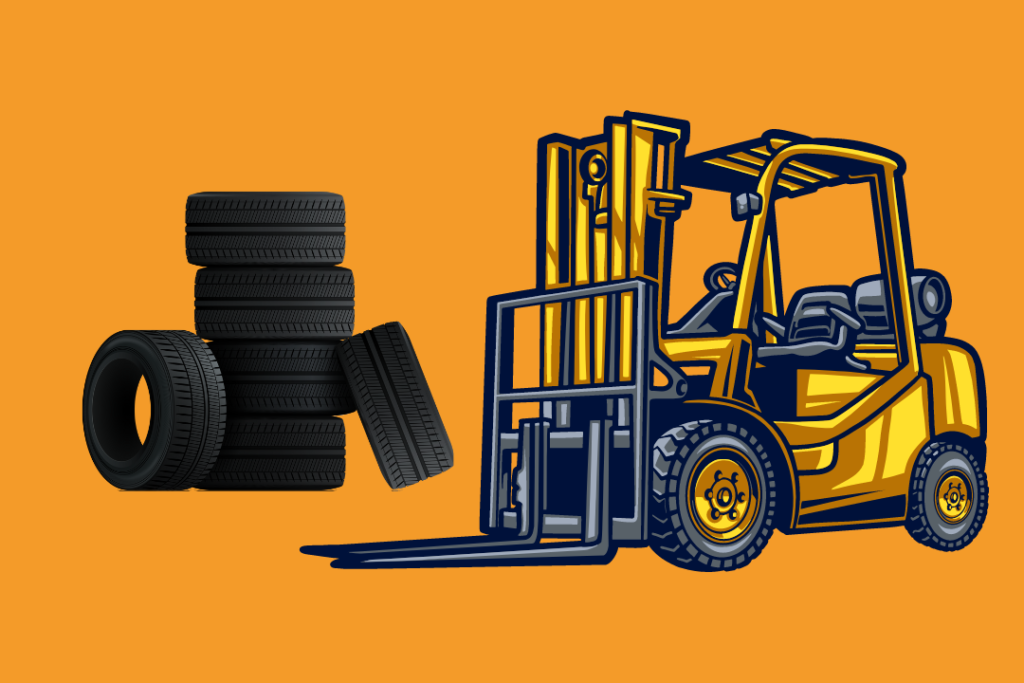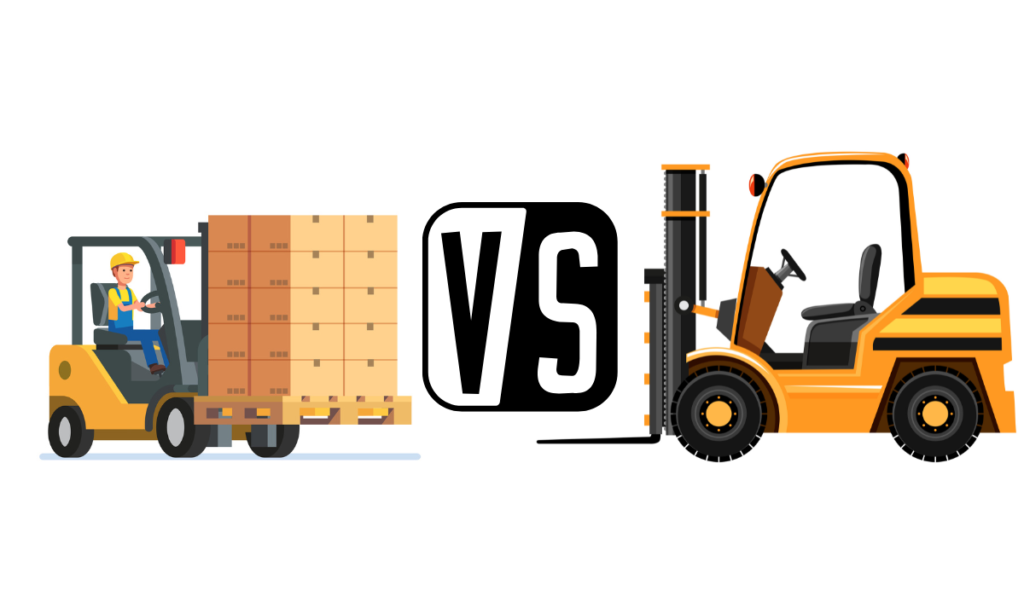In general, it is not advisable to install pneumatic tires on a forklift designed for cushion tires without proper consideration and approval from the manufacturer or a qualified professional. Forklifts are purposefully designed with either cushion tires or pneumatic tires, taking into account factors such as the work environment, load capacity, and application.
Tire Types and Environments
Cushion Tires: Typically used for indoor operations on smooth surfaces such as warehouses and manufacturing facilities.
Pneumatic Tires: Suitable for outdoor use on uneven terrain.
Importance of Design Compatibility
The choice between cushion and pneumatic tires is integral to the forklift’s overall design and performance. Changing the tires without proper authorization can result in safety hazards, reduced stability, and potential damage to the forklift.
Safety and Compliance
If contemplating a tire change, it is crucial to consult with the forklift manufacturer, a certified dealer, or a qualified professional. This ensures that any modification is safe, complies with industry standards, and does not void any warranties associated with the forklift.
Prioritizing Safety
Always prioritize safety and adhere to the manufacturer’s guidelines for your specific forklift model. This approach ensures optimal performance and longevity while mitigating potential risks associated with unauthorized modifications.



